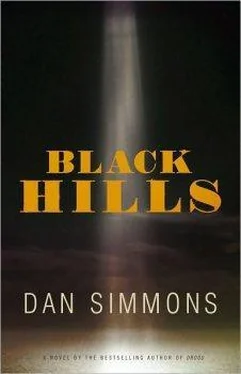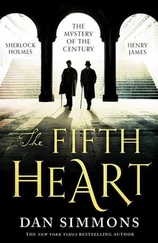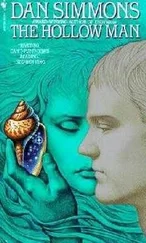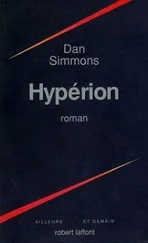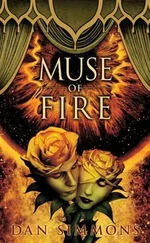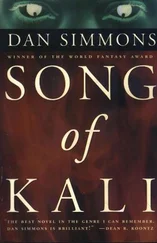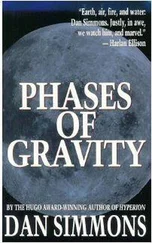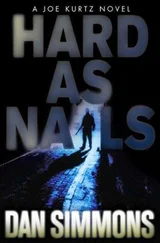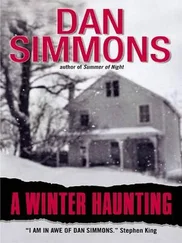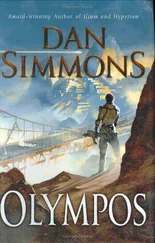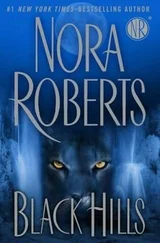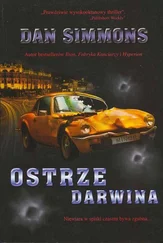For a moment Paha Sapa thinks it’s the retarded boy’s idea of a joke, but then he sees the old tracks and gouges in the lowest part of the valley, the old wagon wheel ruts stretching from the low ridge on the eastern horizon to an even lower ridge far to the west.
The boy puts his thumbs behind his suspenders and becomes an avatar of civic pride.
— Them’s General George Armstrong Custer’s wagon ruts, Chief. From when he brought the Seventh Cavalry through here a long, long time ago with wagons, cattle, cannons, extra horses, even had his wife along, I hear tell…. Hell, it musta been a real circus. Wouldn’t ya’ve liked to have seen it?
— It was worth the nickel, son. That Custer sure did get around.
Paha Sapa drinks the last of his second Coca-Cola and hurls the bottle out across the Spanish bayonet and other spindly shrubs toward the distant wagon ruts.
The kid screams— Hey! —and goes running after the bottle, bringing it back up the hill like a faithful if slightly glowering, uncoordinated, and dumber-than-usual Labrador retriever.
— That’s a penny deposit, Chief.

PAHA SAPA CAMPS that night just off the road in a high, wooded plateau in the forty-mile empty stretch of Montana between Epsie and Ashland. He’s certain that this long north-south pine-covered plateau will be a national forest, if it’s not already, and that it will be named after Custer.
He’s brought no tent, but folded on the floor of the motorcycle’s sidecar is a ground tarp and another, waterproof tarp to rig as a lean-to if it rains. This night is warm and cloudless. The moon is just past full and, although it rises late, it ruins his star counting. He realizes that this is the same full moon by which he’s recently danced weightless across the face of Mount Rushmore, placing his dynamite charges. That event seems more lost in history to him than the Custer wagon ruts he paid good cash to see. Somewhere north in the forest of pines or the adjoining high prairie, coyotes begin howling. Then a single, deeper, more terrifying howl—it sounds like a wolf to Paha Sapa, although Montana has fewer and fewer wolves these days—and all the coyotes fall silent.
Paha Sapa remembers Doane Robinson discussing the ancient Greek maxim of the agon —of how life separates everything into categories of equal to, lesser than, or greater than. The coyotes honor the agon with their craven silence. Paha Sapa knows how they feel.
Seeking more pleasant if still painful thoughts, he remembers how the full moon looked over the huge black silhouette of Mato Tepee when he and Robert camped there in the summer of 1906, and how late he and his eight-year-old son talked into those nights. Perhaps that was the summer when Paha Sapa fully realized how gifted his son truly was.
When he sleeps this night, Paha Sapa has a single dream. In the dream, he is on the ledge at Mount Rushmore again, with Abraham Lincoln’s head exploding and disintegrating around him, the ledge under him crumbling, but this time he can read the note in the otherwise empty dynamite crate.
It is Robert’s handwriting, of course, and the message is short—
Father—
I would have caught the Spanish Flu even if I’d gone to Dartmouth or stayed home with you. As it was, I was with brave friends of mine at the end and I fulfilled my destiny of meeting the loveliest of all girls. The flu would have found me anywhere. The girl might not have. It’s important that you understand that. Mother agrees with me.
Paha Sapa is weeping when he awakens from the dream. Later, he is not sure whether it was seeing Robert’s signature again that made him weep in his sleep or the painfully, malignantly hopeful “Mother agrees with me.”

HIS MORNING DRIVE west through low, rolling hills dotted with scrub pine and intervals of low-grass prairie too dry to support cattle soon takes him into the Northern Cheyenne Reservation. All reservation Indians, in his experience, are sullen and suspicious of outsiders—he certainly was during his years at Pine Ridge—and the ancient Cheyenne clerk when he stops at the only store in Busby to buy bologna confirms that experience, even though the Cheyenne and Sioux have gotten along better than most. Just beyond Busby, he knows, he’ll be entering the large Crow Agency for the rest of his trip (the rest of his life, he thinks and bats the pathetic, sorry-for-himself thought aside), and the Crows and Lakota have not gotten along, historically speaking. He knows that reservation sullenness will turn to open animosity in Crow country and hopes that he won’t have to stop anywhere there.
A little clerkly sullenness doesn’t matter to Paha Sapa. He’s only about thirty miles from his destination. He can carry out his plan long before the sun goes down. For some reason, it’s important to him that it still be daylight.
But a few miles beyond Busby, the Harley’s engine seizes and stops. Paha Sapa parks it in the low grass off the road, sets out the ground tarp, and slowly strips the engine down to its component parts; he is in no hurry and working on the motorcycle always reminds him of the hours and nights and Sundays he spent rebuilding this machine with Robert.
Hours pass as Paha Sapa sits in the sunlight next to the gray-painted motorcycle, carefully setting out the pieces on the tarp in their proper order and relation to one another: intake valves, rocker arms, the delicate springs, the spark plug (fairly new), the heads of the intake ports, the cylinder heads themselves, then the camshaft… placing each in its proper spot, ready for rebuilding even if he were blindfolded as Robert must have learned to field-strip his Model 1917 American Enfield bolt-action rifle, learning each piece by feel as well as by sight, taking care not to allow dust to gather on the oiled and greased pieces or to get into the interior.
The problem is with the right cylinder of the little 61-cubic-inch V-twin engine. The rod bearing between the piston connecting rod and the crankshaft has burned out and split in two.
Paha Sapa sighs. There was a rudimentary garage, another former blacksmith shop, attached to the cluttered and smelly one-room general store back in tiny Busby, but even if the garage were still a blacksmith shop, he couldn’t engineer his own bearing. He’ll need a replacement.
His highway map shows no town at all ahead of him, westward into hostile Crow country as he still thinks of it, so he replaces the parts he can, sets the broken bearing, piston, and connecting rod in a bag in the sidecar, and pushes the motorcycle the four miles back to Busby in the grasshopper-leaping heat. Two old cars pass him, both driven by Indian men, but neither stops to offer help or a ride. They can see that he’s an outsider.
Back in Busby—Paha Sapa sees a few houses off to the north of the highway, no trees, and guesses the population of Busby to be somewhere around a hundred souls—the mechanic in the general store–garage is the same old man who grudgingly sold him the bologna earlier. The Cheyenne has to be in his eighties and admits, when asked, that his name is John Strange Owl but quickly informs Paha Sapa that he will answer only to “Mr. Strange Owl.” Mr. Strange Owl studies the parts that Paha Sapa has set out on the only clean expanse of the filthy garage bench and solemnly reports to Paha Sapa that the problem with the machine is a burned-out and broken rod bearing. Paha Sapa thanks him for the diagnosis and wonders when he might get a replacement. Mr. Strange Owl has Paha Sapa wait while the old Cheyenne confers with two other old men and a teenager who’ve been hollered in to help deal with the crisis.
Читать дальше
